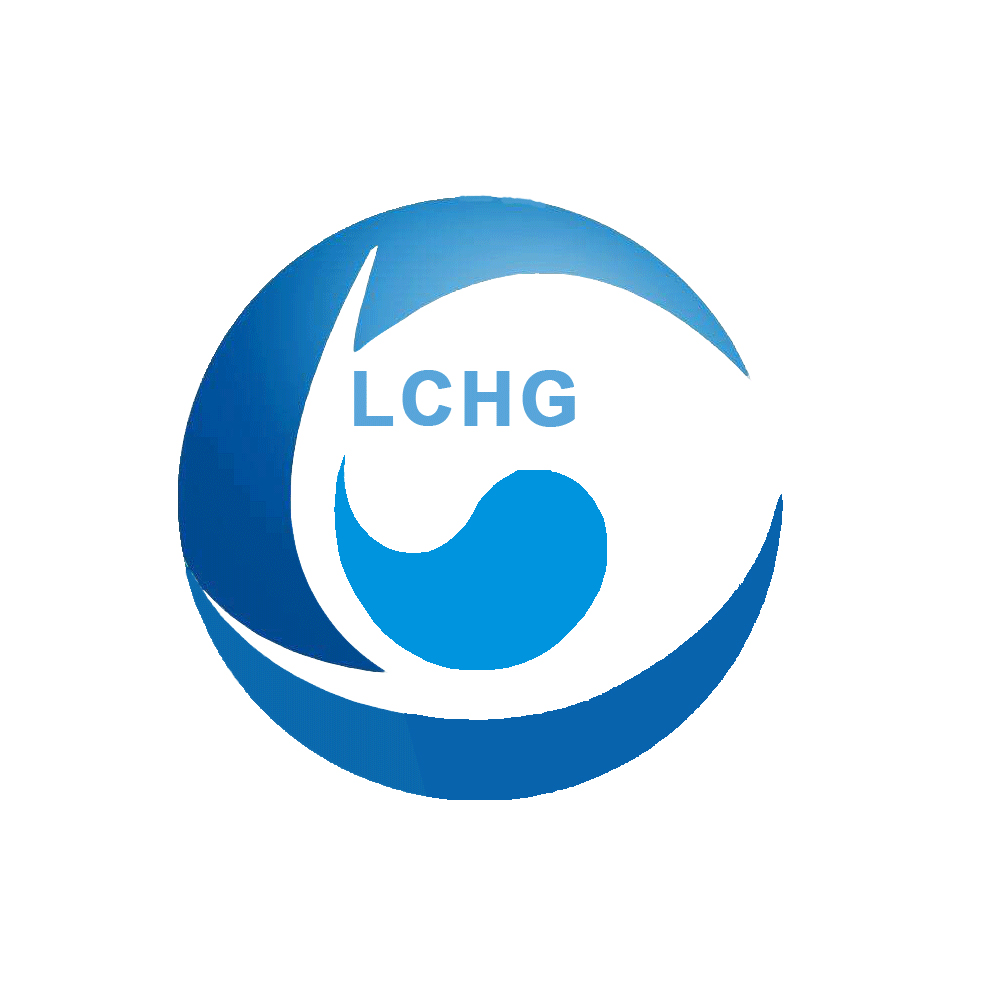Research progress on chemical components and pharmacological effects of hydroxymethylcoumarin in Artemisia scoparia
Artemisia scoparia Waldst. et Kit. is a perennial herbaceous plant in the Asteraceae family, which is recorded in both the “Shennong Bencao Jing” and the “Compendium of Materia Medica”. It has a pungent and bitter taste, a slightly cold nature, and belongs to the spleen, stomach, liver and gallbladder meridians. It has a wide range of functions, with the effects of clearing heat and dampness, promoting bile flow and protecting the liver. It can be eaten or used as medicine. Medicinal use can treat diseases such as damp heat jaundice, itching of wet sores, and infectious jaundice hepatitis, and has great medicinal value.
In 2006, Dou et al. extracted a substance with high insecticidal activity from the stems and leaves of Artemisia scoparia, and identified it as hydroxycoumarin, also known as 4-methylumbelliferone (4-MU). It has pharmacological activities such as choleretic and insecticidal effects, and is mainly used in clinical practice for biliary diseases such as gallstones. With the continuous deepening of modern pharmacological research, it has been discovered that 4-MU has new pharmacological activities such as anti-tumor, anti-inflammatory, and inhibition of epidermal proliferation. Therefore, this article summarizes the chemical components of Artemisia scoparia and the pharmacological effects of its active ingredient hydroxymethylcoumarin, in order to provide some reference for the research and application of Artemisia scoparia and its active ingredient 4-MU.
Nowadays, with the development of medical science research and the deepening of chemical research, traditional Chinese medicine has been discovered to have many new pharmacological activities. As a traditional Chinese herbal medicine with a long history of use in China, Artemisia scoparia has rich clinical application basis and a wide range of pharmacological effects such as choleretic and antispasmodic effects. This article reviews the chemical composition and pharmacological activity of the active ingredient 4-MU in Artemisia scoparia by reading domestic and foreign literature. It is found that Artemisia scoparia contains coumarins, volatile oils, flavonoids, organic acids, and fatty acids. Artemisia scoparia contains multiple active ingredients, and the mechanism of action of the active ingredient 4-MU has been studied both in vitro and in vivo, providing a theoretical basis for the clinical application of 4-MU and laying the foundation for further research and development of Artemisia scoparia. However, during the review process, it was found that there are still some shortcomings. So far, there are still many components in the analysis of Artemisia scoparia both domestically and internationally that need further research. The research on 4-MU is still in the laboratory basic research stage, and there are relatively few reports on the evaluation of drug properties such as preliminary pharmacodynamics, pharmacokinetic characteristics, and safety. Further research should be conducted on it.
